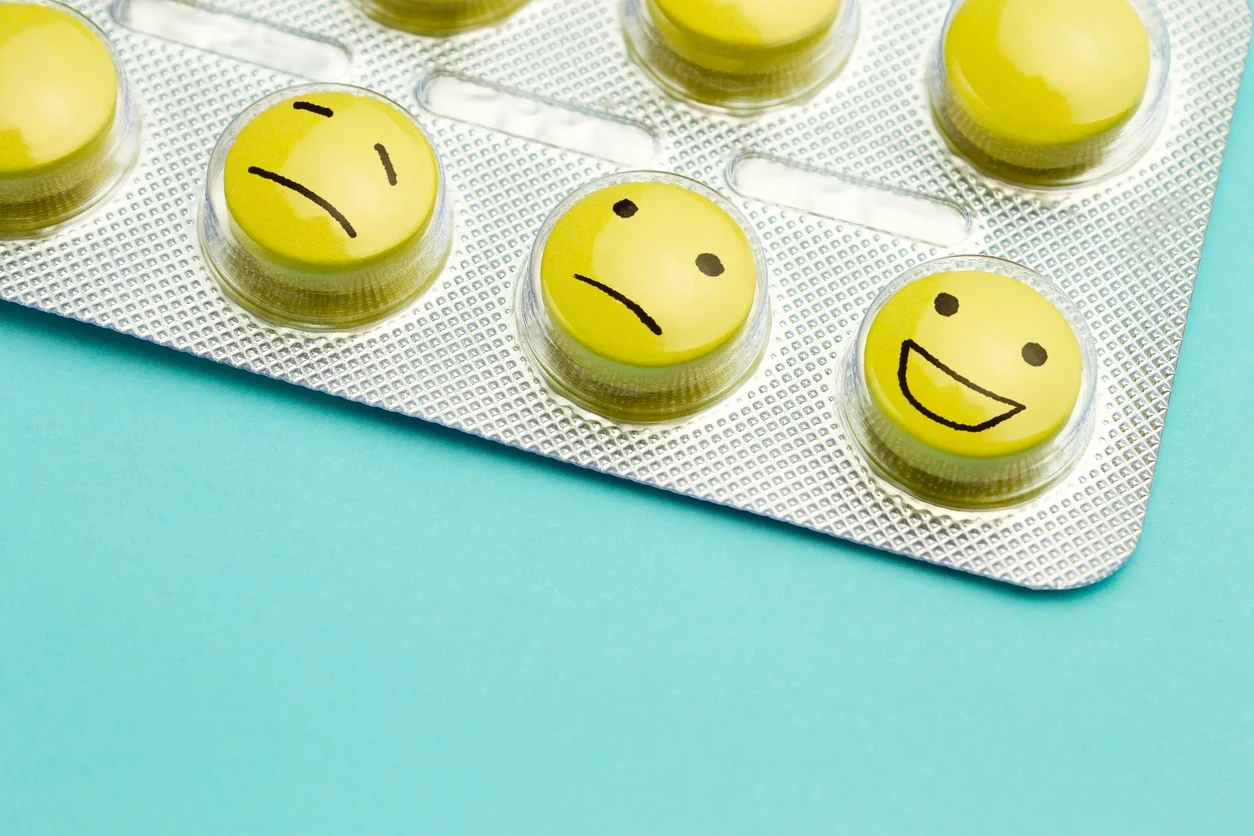
Given the nature of the pharmaceutical industry, the requirement for registering and protecting intellectual property is not an option for many products. Excluding products, such as certain health supplements and cosmetics, a pharmaceutical company is required to trademark medicinal products that is seek to bring to market; this includes a requirement for legal and regulatory trademarks. Additionally, a company will usually seek to protect the fruits of its research and development investment by patenting the composition, process, machinery and any other aspect of the product that is proprietary.
Trademarking and patenting pharmaceutical products requires highly-specialized knowledge and experience, which can become very costly. By using agent benchmarking, a pharmaceutical company can compare the costs of IP service providers and law firms against the industry standard to ensure that they are not overpaying on services and fees. Consulting with an IP specialist for agent benchmarking services can also help reduce costs as it can determine the appropriate allocation of funds based on the unique business needs.

The process of trademark searching can be considered as the most important stage in getting a new product to market. Similar to many other consumer products, the process for non-medicinal products is more straightforward. However, trademark searching for a medicinal product is generally complex and lengthy, which begins in the early stages of product development. Obtaining a legal trademark for a medicinal product is not usually the main challenge; the complexity arises when obtaining a regulatory trademark as it presents unique requirements where industry experience and knowledge is necessary and advantageous to effectively navigate the process.
The level of scrutiny on trademarks for medicinal products is extremely high for the pharmaceutical industry. While a company will seek to find a trademark that works well for its brand, it is also important to use a generic name and brand name that cannot be confused with other existing products. As such, a pharmaceutical trademark attorney and branding specialists will develop a very large selection of potential names, sometimes up to 5,000 or more. These candidate names will be considered by the company’s marketing and legal specialists, which is then carefully reduced to a more manageable selection for preliminary screening.
Most pharmaceutical companies will opt for a global trademark search to ensure the broadest potential reach for their product. They may also partner with an IP management specialist to conduct the search through online trademark databases. At this point, there will be significantly less potential candidate names, perhaps 10 or fewer; these names will be carefully selected to proceed to the final screening stage. This will include a more thorough legal and regulatory search, the latter of which requires reviewing sources such as the Orange Book (FDA), United States Approved Names, and other sources depending on the target markets for the product.

New medicinal products will consist of three names: the chemical name, a generic non-proprietary name and a branded name. For example, a commonly used antidepressant used worldwide is known by the chemical name N-methyl-3-phenyl-3[4-(trifluoromethyl) phenoxy]propan-1-amine, the generic name fluoxetine, and the brand name Prozac. While it is clear that the chemical name would be impossible to market to consumers, the difference between the generic and brand names is usually to ensure that a medical name is also provided, which is independent of a specific brand.
Name creation is considered as one of the most challenging aspects of IP in the pharmaceutical industry due to the high level of name rejection by the FDA. Between 20% and 35% of brand names are rejected every year as a measure to reduce the risk of error in prescribing, dispensing or taking medication, which can result in health issues, such as worsening symptoms, injury and, in many cases, death. The source of inspiration for a generic name and brand name can be a simplification of the chemical name for the drug and/or the desired effects someone may expect from taking the drug.
A new generic name must be approved by several agencies and standards depending on where the drug will be marketed, including but not limited to World Health Organization’s International Nonproprietary Names (INN), the United States Adopted Names for pharmaceuticals, the FDA, and the European Medicines Agency. For this reason, many companies work with pharmaceutical IP specialists in order to create suitable and distinguishing names for their products, thereby avoiding potential rejection during the review process.
The relationship between the consumer and a pharmaceutical brand is based strongly on trust. Pharmaceutical companies invest time, money and resources to develop a brand that delivers trustworthy products which provide specific results, while consumers entrust their health and well being to a company when using those products. Therefore, it is important to distinguish and protect the brand on a company and product level. Consumers should not confuse or easily mistake your company or product brand with that of another company. By building and protecting a brand with trademarks, you are protecting your consumers and your bottom line.
The strict requirements on trademarks within the pharmaceutical industry make the trademarking process very complex since it covers both legal and regulatory reviews. While it can be relatively straightforward to obtain a legal trademark, the challenges posed by pharmaceutical trademarks are much more complicated as they are subjected to a higher level of scrutiny by multiple agencies. For this reason, it is important to consult with a pharmaceutical IP specialist to ensure that you can navigate the process as easily as possible while ensuring your brand is adequately protected within a realistic budget for your business.

 When considering patents for pharmaceutical inventions, it is important for a business to also understand the distinction between patents and exclusivity, namely in the United States as governed by the Food and Drug Administration (FDA). A company may hold the patent to a pharmaceutical drug, even if it has not yet been approved. In this way, a patent can be issued at any time in the product lifecycle and it may run concurrently with the exclusivity of a medicinal product.
When considering patents for pharmaceutical inventions, it is important for a business to also understand the distinction between patents and exclusivity, namely in the United States as governed by the Food and Drug Administration (FDA). A company may hold the patent to a pharmaceutical drug, even if it has not yet been approved. In this way, a patent can be issued at any time in the product lifecycle and it may run concurrently with the exclusivity of a medicinal product.
Exclusivity refers to the delay or prevention of competitor products that may become available on the market. This is used to encourage new product development by delaying generic versions of a drug from becoming available. There are different periods of exclusivity depending on the specific situation. Obtaining a patent and exclusivity is critical from a business perspective as it protects a product from being sold by competitors and it also provides a level of control over how a drug may be priced in the market. It is advisable to consult with a specialist experienced in pharmaceutical patents to better understand how patents and exclusivity can be used to protect and benefit your business.

Whilst applications for trademarks and patents are a meaningful component of protecting intellectual property in the pharmaceutical industry, it is also necessary to consult with an IP specialist to determine how best to manage your IP assets throughout their lifecycle. For instance, mergers and acquisitions are commonplace within the pharmaceutical industry. These situations will require assets to be amended through IP recordals to reflect any necessary changes to asset conditions or ownership.
When a product is in development or released to market, it is also advisable to plan for trademark and patent enforcement in case of infringement by a competitor. In the event of prosecution, your IP services provider should have the resources and experience to pursue complex, large-scale projects. They should also have the knowledge and network to manage projects across multiple jurisdictions, preferably on a global scale.
Maintaining cost control on pharmaceutical IP portfolios can also become challenging with complex application processes, potential litigation costs and other costs associated with maintaining IP assets. By working with an IP services provider, your company can gain knowledge, experience and resources to cost-effectively manage your portfolio whilst ensuring your intellectual property is adequately protected. In addition to agent benchmarking, this can be achieved through effective management of trademark and design renewals by ensuring that your business is working with a strong and profitable IP asset portfolio.
Download our free guide “The 3 Elements to Consider When Doing a Trademark Search” and discover:
Download the infographic and discover all the pros of adopting Agent Benchmarking for a pharmaceutical company, a personalized service made in Brandstock that compares the prices available in your industry, market, and country, lets you pay an equivalent price… and works wonders!
Möhlstraße 2, 81675 München